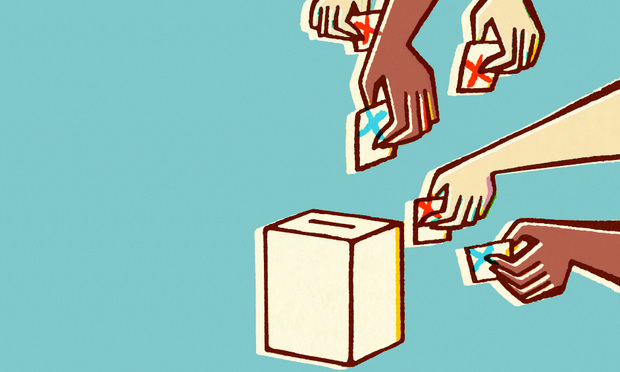Ferguson, Missouri, a community of approximately 22,000 near St. Louis, has been engulfed in protests since Aug. 10—one day after a white police officer shot and killed an unarmed black teenager. Although the facts of the shooting are not settled, the event has revealed the significant mistrust the African-American community of Ferguson has for the local government.
Similar to many North Texas communities, Ferguson is an aging and diversifying inner-ring suburb that has failed to embrace its changing demographics. The result is a city where a substantial majority of the citizens are black, but local government continues to be dominated almost exclusively by white citizens. Mistrust and antagonism are the unfortunate, yet predictable, products of this racially polarized community. How does this happen? And how can it change?
This content has been archived. It is available through our partners, LexisNexis® and Bloomberg Law.
To view this content, please continue to their sites.
Not a Lexis Subscriber?
Subscribe Now
Not a Bloomberg Law Subscriber?
Subscribe Now
LexisNexis® and Bloomberg Law are third party online distributors of the broad collection of current and archived versions of ALM's legal news publications. LexisNexis® and Bloomberg Law customers are able to access and use ALM's content, including content from the National Law Journal, The American Lawyer, Legaltech News, The New York Law Journal, and Corporate Counsel, as well as other sources of legal information.
For questions call 1-877-256-2472 or contact us at [email protected]



